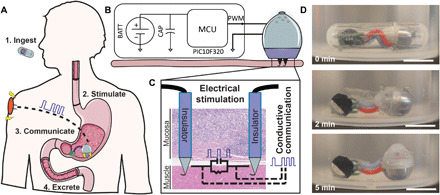Fig. 1. Self-orienting technology for injection and electrical microstimulation (STIMS).

(A) STIMS injects electrically conductive hooked needles into the tissue for retention and uses them to stimulate the tissue via timed electrical pulses. The pulses also allow the device to communicate conductively to the subcutaneous space of the animal and convey proper device attachment and excretion. (B) STIMS architecture. BATT, Battery; CAP, capacitor; MCU, microcontroller unit; PWM, pulse width modulation. (C) Only the tips of the probes are conductive, which allows the electrical pulses to target a specific layer of tissue. Photo credit: Alex Abramson, MIT. (D) STIMS fits inside a 000 capsule, which is 26.1 mm in length and 9.9 mm in diameter, to aid in ingestion. The device includes a self-orienting system and autonomous injection mechanism, a microcontroller for pulse generation, and two coin batteries for power. A STIMS capsule was placed in 35° to 45°C water under agitation, and the device self-oriented after being released. Scale bars, 1 cm. Photo credit: Alex Abramson, MIT.
